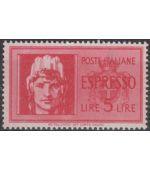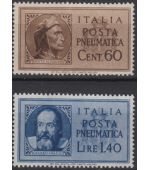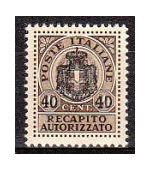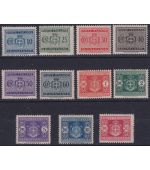LIENTENENCY
The Luogotenenza represented a period of political and social transition after World War II and before the proclamation of the Italian Republic in 1946.
After the fall of the fascist regime in 1943 and the armistice of September 8, Italy found itself in a situation of political instability. In 1945, the country was trying to recover from the devastating effects of the war and to reorganize politically.
The term "Luogotenenza" specifically referred to the military and civil authority that represented the Italian government during a period of occupation. The Luogotenente Generale was a role held by a high-ranking military officer responsible for maintaining public order and security in the context of Allied occupation and the fight against resistance groups.
The Luogotenenza in 1945 was situated in a transitional context, in which the provisional government was attempting to establish a new democratic order. Elections for the Constituent Assembly were scheduled for June 2, 1946, marking a crucial step toward the birth of the Italian Republic.
The stamps of the Luogotenenza in Italy refer to the postal issues that occurred during the provisional government period preceding the proclamation of the Italian Republic in 1946. These stamps not only ensured postal service but also symbolically represented the transition and renewal of the country during a time of significant change.







